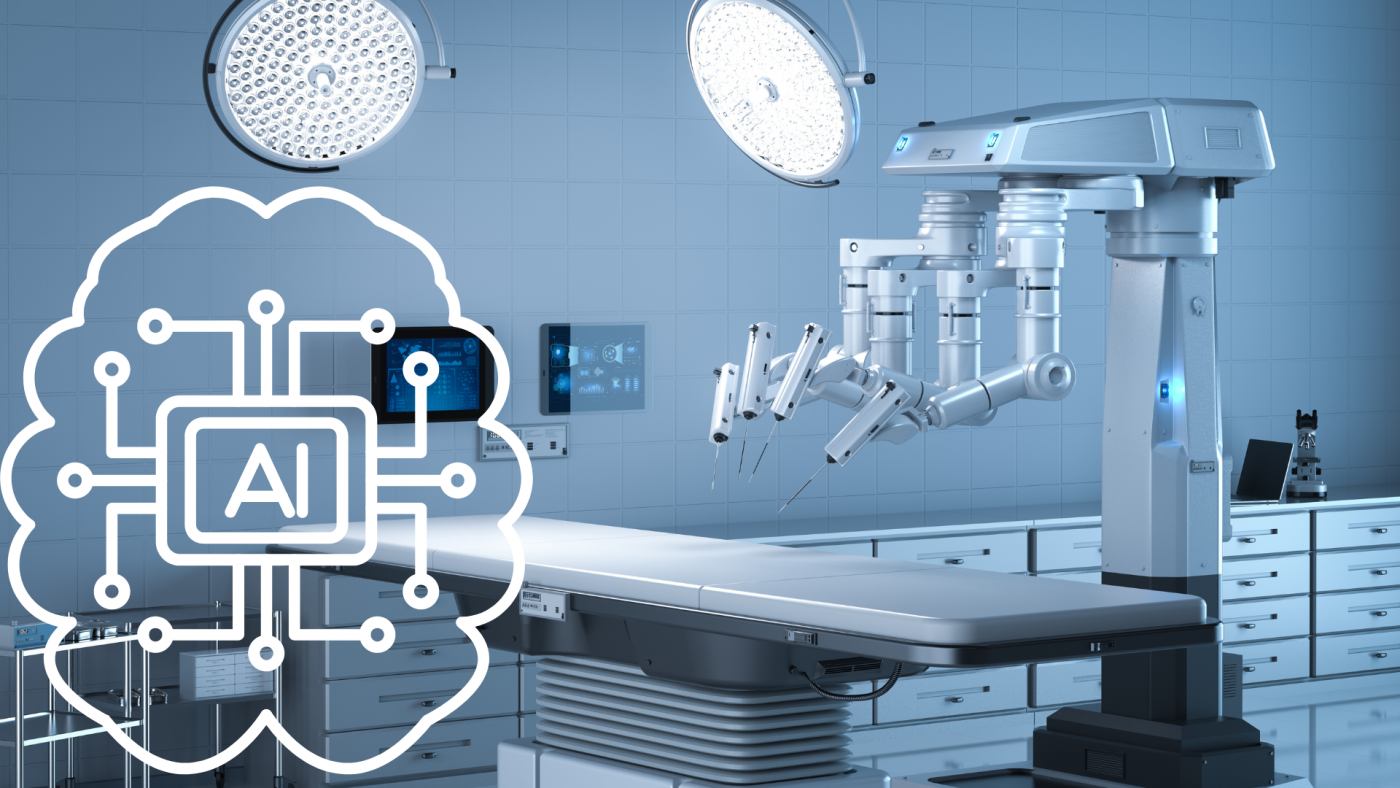How Ai Algorithms Can Augment Robotic Cardiothoracic Surgery

Authors: Amina H Khalpey, PhD, Brynne Rozell BS, Zain Khalpey, MD, PhD
Robotic heart and lung surgery, also known as robot-assisted thoracic surgery, involves the use of specialized robots to perform surgical procedures on the heart and lungs. AI can be used to detect and analyze tissue composition, detect and track motion, and provide real-time guidance and feedback for surgeons. AI can also be used to improve accuracy and precision of robotic arms to help reduce the risk of surgical errors. These robots are equipped with advanced technology, including machine learning algorithms, which can significantly improve the accuracy and precision of the surgery.
AI as The Copilot in Robotic cardiothoracic surgery
One key benefit of using machine learning algorithms in robotic heart and lung surgery is the ability to analyze large amounts of data in real-time. During surgery, the robot can continuously gather data from various sources, including the patient’s vital signs, waveform monitors and imaging studies, and use machine learning algorithms to analyze this data and provide real-time feedback to the surgeon. This can help to identify potential problems and suggest alternative courses of action, improving the accuracy and success of the surgery.
Machine Learning Algorithms Optimized
In addition to real-time data analysis, machine learning algorithms can also be used to optimize the performance of the robot. For example, algorithms can be used to analyze data from previous surgeries and identify patterns or trends that can be used to improve the robot’s movements and precision. This can help to reduce the risk of errors and improve the overall success of the surgery. Another benefit of using machine learning algorithms in robotic heart and lung surgery is the ability to automate certain tasks. For example, the robot could be programmed to suture or cauterize tissues, freeing up the surgeon to focus on more complex tasks. This can help to reduce the risk of fatigue and improve the efficiency of the surgery. AI robots will need to be programmed to work in a way that is both efficient and comfortable for the surgeon. This includes being able to understand and respond to verbal and non-verbal cues.
Preparing for Technological Errors
One potential limitation of using machine learning algorithms in robotic heart and lung surgery is the risk of technological failures or errors. While these algorithms are highly advanced, they are not foolproof and there is always the possibility that they could malfunction or provide incorrect information. It is important that surgeons are trained to use these algorithms effectively and that appropriate safeguards are in place to minimize the risk of errors.
Machine Learning Algorithms Have the Opportunity to Revolutionize Surgery
The use of machine learning algorithms in robotic heart and lung surgery has the potential to significantly improve the accuracy and success of these procedures. By enabling real-time data analysis and automating certain tasks, machine learning algorithms can help to reduce the risk of errors and improve the efficiency of the surgery. AI robots need to be able to adapt to different surgical scenarios and be able to adjust the procedure accordingly. This includes being able to troubleshoot and make changes on the fly, as well as being able to handle errors gracefully. While there are potential limitations to these technologies, their benefits are likely to outweigh any potential risks, making them an important tool for the future of thoracic surgery.



